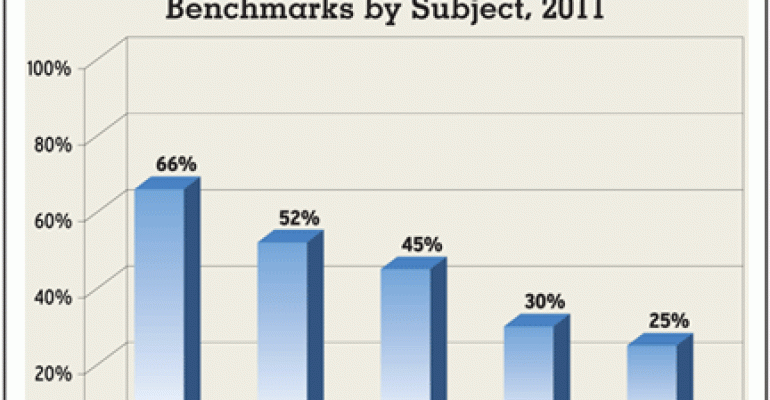The Facts behind the Dreaded ACT and SAT
Millions of teenagers will be taking the SAT and ACT tests this year, which always generates tons of stress for the test takers and their parents. In honor of test-taking season, here are some valuable statistics that your clients should know about the two tests:
1.) The average SAT score earned by high school students in the class of 2011 was 1500 out of a maximum of 2400. Here is the breakdown of the average scores:
Critical reading 497
Math 514
Writing 489
2.) The average composite ACT score was 21.1 out of a maximum of 36.
3.) Roughly 1.65 million students from the class of 2011 took the SAT, which is a record.
4.) Students who completed a core curriculum in high school scored an average of 143 points higher than those who didn’t. The College Board, the custodian of the SAT, defines a core curriculum as including at least four years of English classes, three math, three natural sciences and three social sciences/history classes.
5.) Based on their ACT scores, the test maker calculated how many 2011 high school graduates were ready to handle college-level work. The numbers aren't good. Only 25 percent of students performed well enough in the ACT's four core areas—English, reading, math and science—to be considered ready for college.
As you can see from the chart below, teenagers fared best in English.

6.) Studies have shown that a child's grade point average in high school is a greater predictor of college success than a student's ACT or SAT score.
7.) If a child bombs on the SAT or ACT, roughly 860 colleges and universities are test-optional. That includes more than a third of the nation's 100 top liberal arts colleges. Generally when teenagers apply to a test-optional school, they do not have to reveal any standardized test scores. You can find a list of test-optional schools at FairTest.org.
8.) Whether a teenager’s standardized test score is considered good will depend on the caliber of schools that he or she applies to. An SAT score of 1620 might be great at a regional state school, but it would be laughable at a prestigious university.
College Endowment Report Card
In fiscal year 2011, college endowments enjoyed a banner year. The typical college endowment returned an average of 19.8 percent after fees were deducted. The returns, which were released by the Commonfund Institute and the National Association of College and University Business Officers, ranged from 3.7 percent to 31.8 percent.
Despite the positive returns for the last two years, endowments have still not recovered completely from the 2008/09 credit crisis. The average endowment is at only 86 percent of its value from fiscal year 2007.
Experts at the Commonfund and NACUBO predict that it will take several more years of positive returns for the endowments to fully recover.
Biggest College Slackers
A report released late in 2011 suggests that college students aren't studying too hard. The results of the survey, which was conducted by the National Survey of Student Engagement, weren't surprising to higher-ed insiders. Unfortunately, a growing mountain of research suggests that students aren't spending enough time focusing on their academics.
Weekly Time Spent Studying
The biggest slackers, according to the study, were students majoring in business and the social sciences, which includes psychology, sociology and political science. Not surprisingly, engineering students studied the most hours, 19 per week.
Business 14 hours
Social sciences 14 hours
Education 15 hours
Arts & humanities 17 hours
Biological sciences 17 hours
Physical sciences 18 hours
Engineering 19 hours
Even more alarming were the conclusions of a 2011 blockbuster book, Academically Adrift: Limited Learning on College Campuses, which suggests that many students aren't learning much of anything in college. The book was based on a study that followed 2,300 students, who attended 24 unnamed colleges and universities.
According to the authors, who are professors at New York University and the University of Virginia, 45 percent of students didn't show any significant learning by the end of their sophomore year. What’s more, 36 percent of students graduated without academic improvement.
The major bright spot: students who majored in one of the liberal arts, such as math, the sciences, literature and languages, experienced greater learning in critical thinking, reasoning and writing than students who majored in such vocational fields as business, communications and education.






